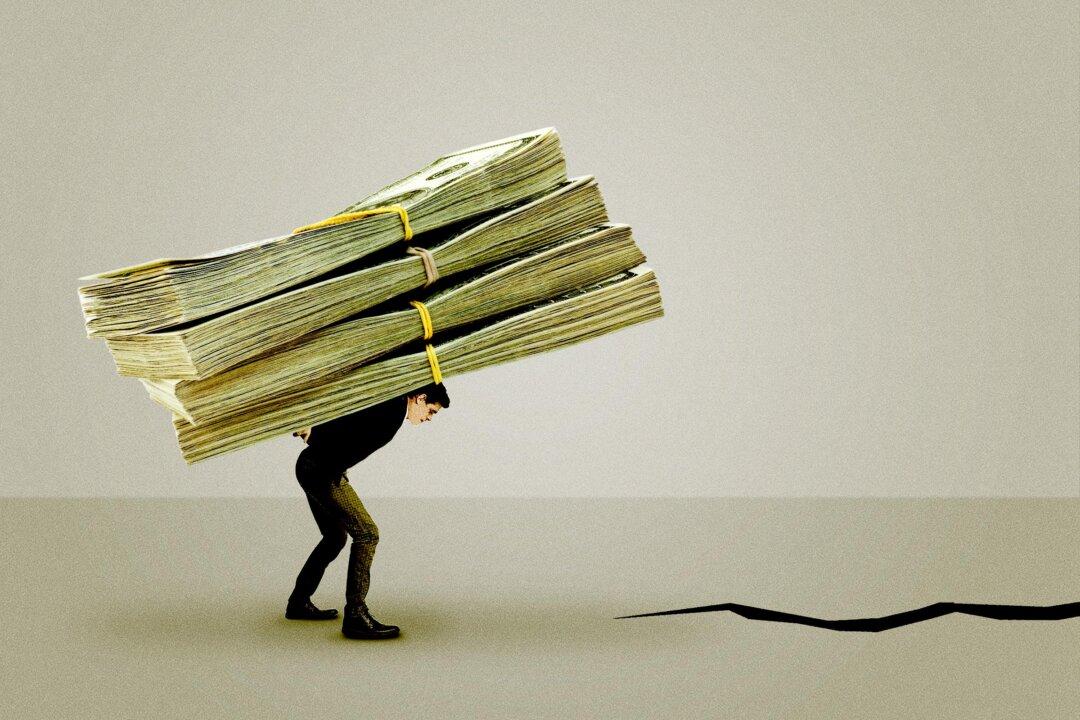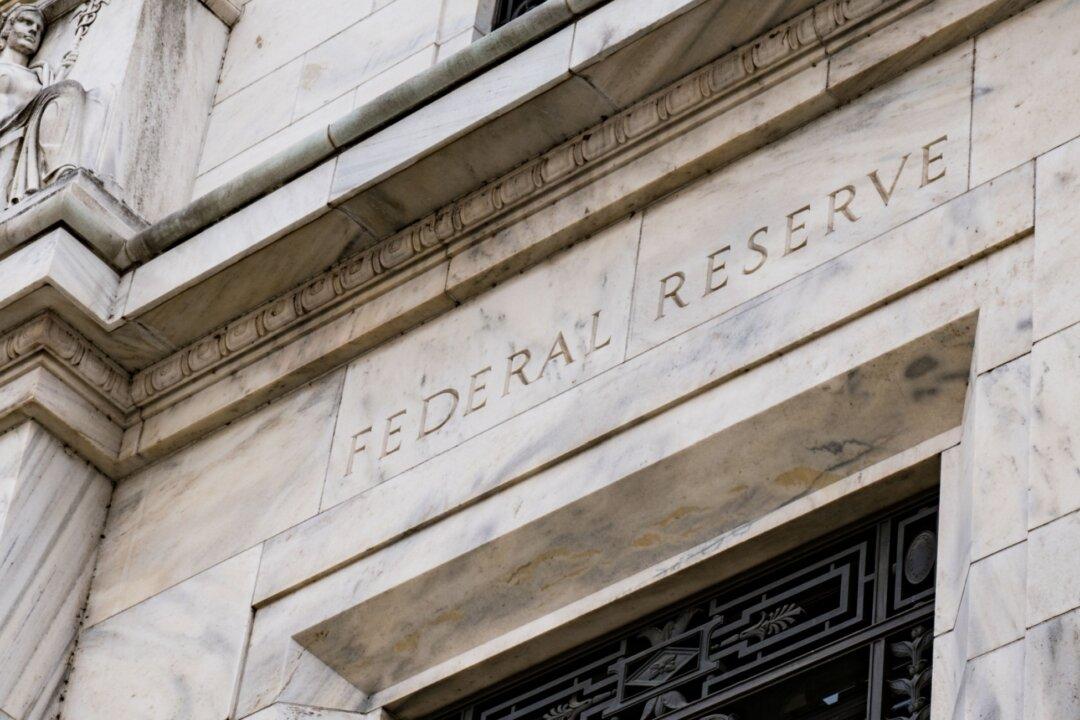September Consumer Price Index (CPI) inflation results came in above expectations, at 8.2 percent, marking the seventh straight month of inflation above 8 percent. Gone is any talk from U.S. Treasury or Federal Reserve officials of inflation being “transitory.”
If there was any good news in the numbers, it was that energy commodities, such as gasoline and fuel oil, showed the third straight month of price declines from June highs. However, even with this relief, gas prices remain 18.2 percent above where they were a year ago, and fuel oil is up a whopping 58.1 percent.





